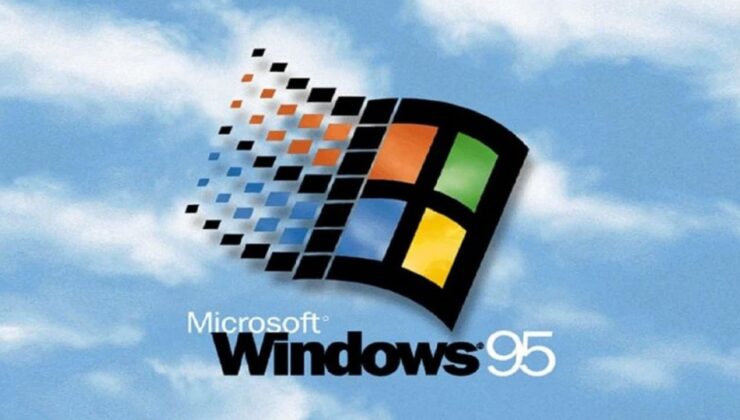The Testing Journey of Windows 95 Nearly Compromised for Profit
The Unusual Testing Saga of Windows 95’s Launch
As the 30th anniversary of Microsoft’s legendary operating system, Windows 95, approaches, a fascinating story from its developmental history has resurfaced, highlighting the extraordinary lengths the team went to ensure its successful release. Senior engineer Raymond Chen shared an intriguing account of an unconventional testing method that nearly derailed the entire process.
During the critical phase of testing, the Windows 95 team aimed to maximize compatibility with existing software. To achieve this, a bold initiative was undertaken: a Microsoft executive personally visited a local retail store and bought every PC application available on the shelves. This massive collection of software was then brought back to Microsoft, where it was laid out in the company’s cafeteria, creating a mountain of programs for testing purposes.
The goal was to have team members test each application with Windows 95, identify any issues, and ensure broad compatibility before the official release. This process was not only meticulous but also resource-intensive, with the software remaining in the company’s possession for future reference and testing.
However, this ambitious approach faced an unforeseen obstacle. As Raymond Chen recounted, when Microsoft’s managers attempted to purchase these numerous applications from the store, the store’s cash register crashed when the total exceeded $10,000. This unexpected technical failure revealed a critical flaw in their testing strategy—namely, that the retail system itself was not capable of handling such large transactions, which was a significant concern for a company aiming for seamless software deployment.
At the time, $10,000 was a substantial amount—especially in the 1990s—representing a sum that was impractical to process in a single transaction. Recognizing this limitation, the team employed a simple but effective solution familiar to many programmers: breaking down the total purchase into smaller parts that individual transactions could handle without crashing. By doing so, they successfully completed their ambitious testing without overloading the system.
Ultimately, this unconventional testing method contributed to the flawless launch of Windows 95, demonstrating how creative problem-solving and adaptability are essential in technological innovation. Today, the story remains a testament to the ingenuity and perseverance of the teams behind one of Microsoft’s most iconic products.
 02:00
02:00


